Detailed information on current events in Berlin can be found on the following website:
Reichstag Building
The Reichstag Building is one of Germany’s best-known national symbols. Built in the style of the Neo-Renaissance between 1884 and 1894, it served as a parliamentary meeting place during both the German Empire and the Weimar Republic. The building was gutted by fire in a supposed arson attack in 1933, and suffered further serious damage during fighting in Berlin at the end of the Second World War. The Reichstag Building was reconstructed in the 1960s, and after further renovation work became the official seat of the German Federal Parliament in 1999. It stands on the left bank of the River Spree in the city district Tiergarten.
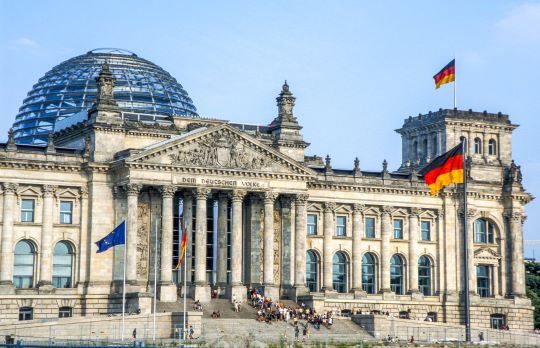
Brandenburg Gate
The Brandenburg Gate stands at the western end of the Unter den Linden boulevard. It was built between 1789 and 1793 at the behest of Frederick William II of Prussia. The Early Classicist triumphal arch is 20 metres high and is crowned with a 6-metre-high sculpture of a quadriga. Following the post-war division of Germany and Berlin, the Brandenburg Gate became a symbol for the face-off between NATO and the Warsaw Pact, standing as it did on the most sensitive border between the two powers.
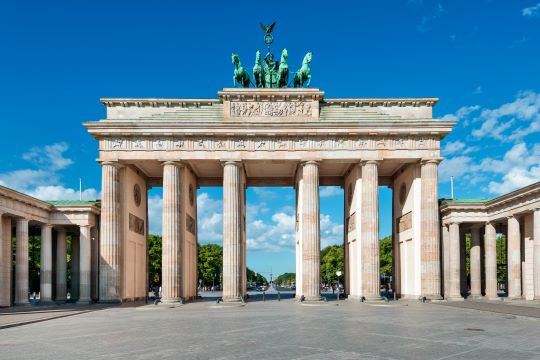
Berlin Wall Memorial
The Berlin Wall Memorial was established as a reminder of the years which Berlin endured as a divided city and to preserve the memory of those who died while trying to overcome the border. Alongside a 70-metre-long section of the original wall, the memorial site comprises a visitors centre, a chapel, a documentation centre and the so-called Window of Remembrance, a gallery of portraits of Berlin Wall victims.
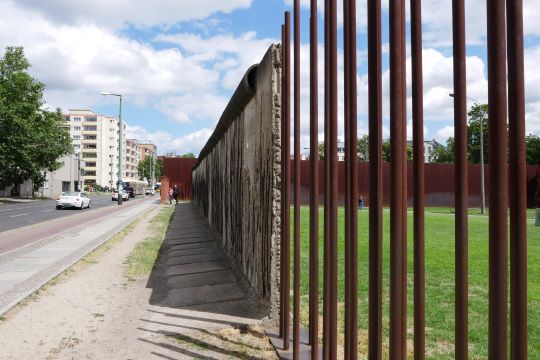
Humboldt Forum
The Humboldt Forum is located in the reconstructed Berlin Palace and comprises not only the Ethnological Museum of Berlin and the Museum of Asian Art, but also the Berlin exhibition of the City Museum. The Humboldt Forum is dedicated to the academic and scientific heritage of the brothers Alexander and Wilhelm Humboldt.
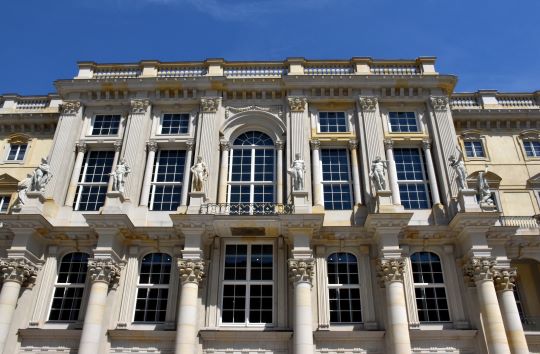
Gendarmenmarkt Square
Gendarmenmarkt Square is located in the city district Friedrichstadt and took its name from the Prussian cuirassier regiment – “gens d’armes” – once stabled nearby. Numerous sights are grouped around the square, among them the French and German Domes and the Berlin Concert Hall.
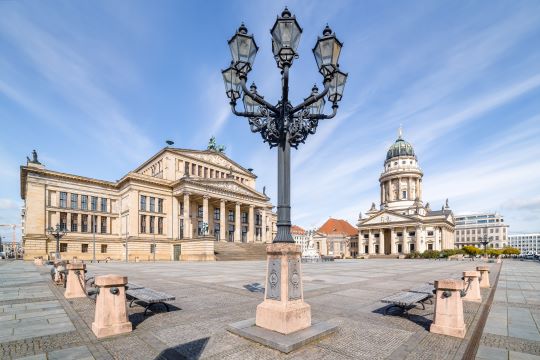
Museum Island
This museum complex on an island in the middle of the River Spree is not only one of Berlin's most important attractions, but also one of the most significant museum complexes in Europe. It comprises five separate museums, namely the Old and New Museums, the Bode Museum, the Pergamon Museum and the Old National Gallery.
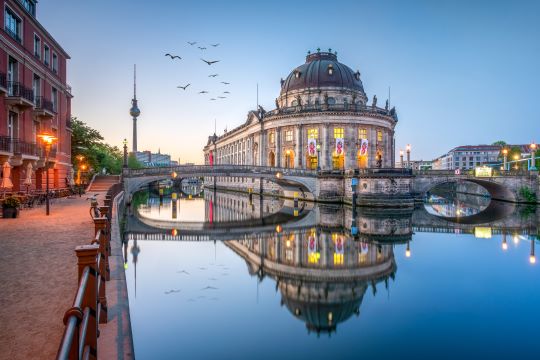
Kurfürstendamm
Kurfürstendamm is the best-known shopping mile in Berlin. Boutiques representing international luxury fashion brands, in particular, line the boulevard. Numerous street cafés offer both locals and tourists a place to rest and enjoy life.
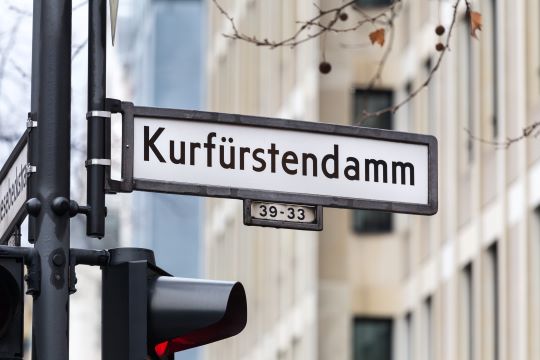
Charlottenburg Palace
Charlottenburg Palace was built in several stages between 1695 and 1791. Thanks to the involvement of different architects over this long period of construction, it combines three important architectural styles – Baroque, Rococo and Classicism – into a single work of art. Charlottenburg Palace was for almost 200 years the summer residence of the Prussian kings. It was badly damaged during the Allied air raids of the Second World War and several parts burned down. The restored palace is today used as a museum. Behind the palace, on the banks of the River Spree, the formal palace gardens and an extensive landscaped park with a lake and waterways are also open to the public.
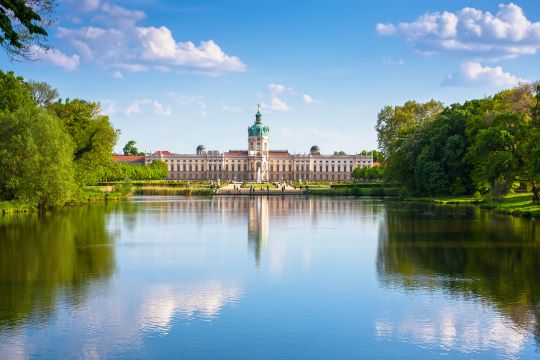
 English
English
 Deutsch
Deutsch
